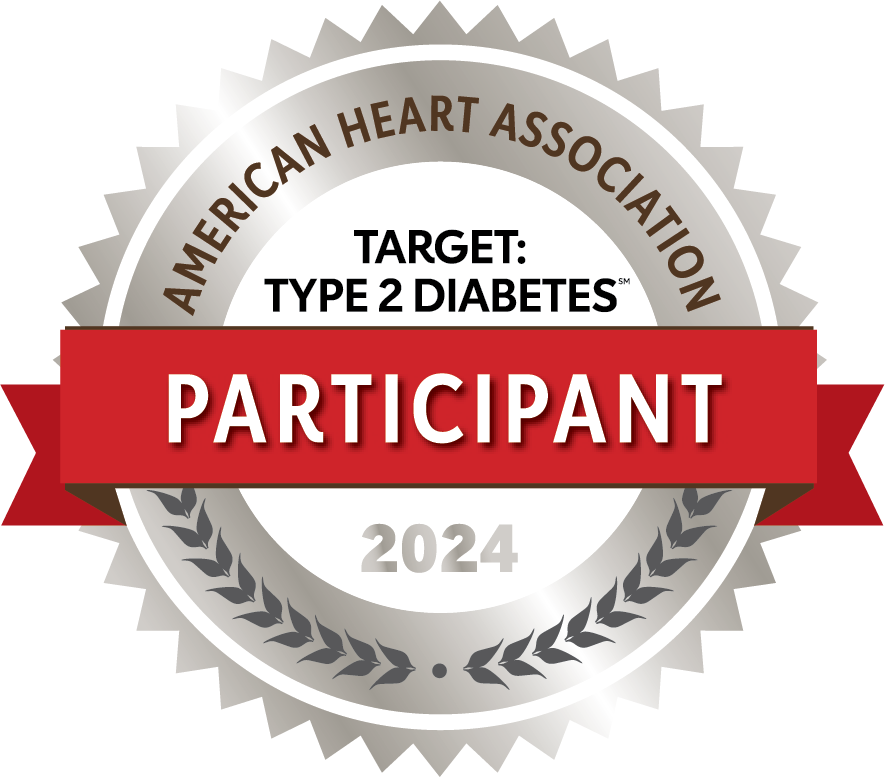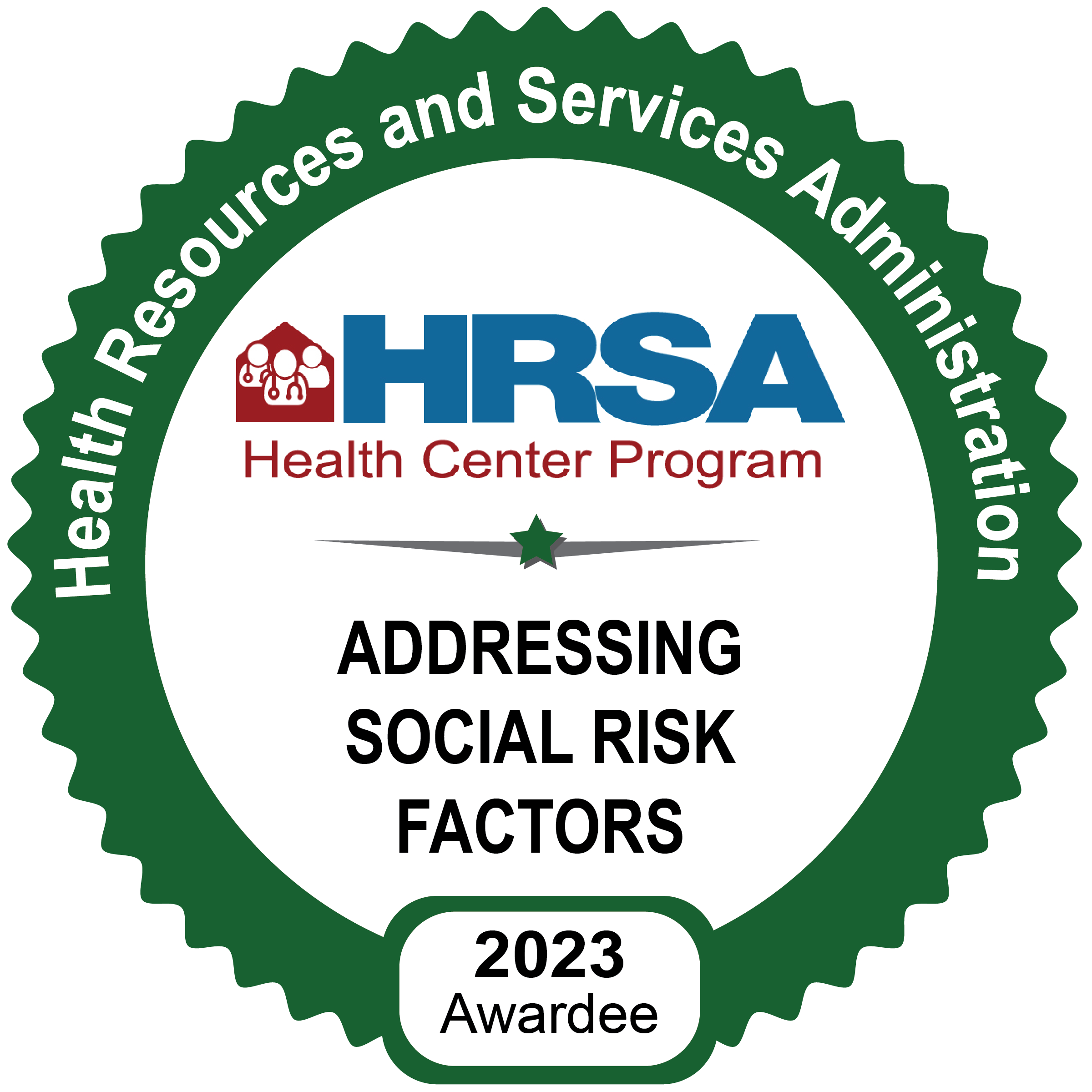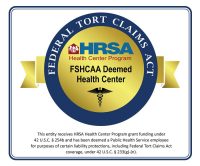By: Phillip Mendoza, MD
In the U.S., vaccination programs have eliminated or significantly reduced many vaccine-preventable diseases. However, these diseases still exist and can once again become common – and deadly – if vaccination coverage does not continue at high levels.
Vaccines have reduced or eliminated many infectious diseases that once routinely killed or harmed many infants, children and adults. Vaccine-preventable diseases have many social and economic costs: sick children miss school and can cause parent to lose time from work.
Before measles immunization was available, nearly everyone in the U.S. got measles. If vaccinations were stopped, each year about 2.7 million measles deaths worldwide could be expected. The MMR vaccine does not cause autism.
Hib meningitis once killed 600 children each year and left many survivors with deafness, seizures or mental retardation. Since introduction of conjugate Hib vaccine in December 1987, the incidence of Hib has declined by 98 percent.
Diphtheria is a serious disease caused by a bacterium. This germ produces a poisonous substance or toxin which frequently causes heart and nerve problems.
One vaccine, Tdap, can protect people age 12+ from tetanus(lock jaw), diphtheria and pertussis(whooping cough).
“I encourage you to get vaccinated. Visit your local health care provider to
ensure continued wellness and healthy living.”
http://www.cdc.gov/vaccines/vac-gen/whatifstop.htm, 2014. Vaccines: Vac-Gen/what would happen if we stopped vaccinations.
Retrieved February 24, 2014
Childhood Immunization Rates Among Valley-Wide Health Systems, Inc. Children who Turned Three Years-old in 2013
To be fully immunized the child must have had the following vaccines or conditions prior to their third birthday (within reporting period):
- 4 DTP/DTaP
- 3 IPV
- 1 MMR
- 3 Hib
- 3 HepB
- 1 VZV (Varicella)
- 4 Pneumoccocoal conjugate
Reporting of all VWHS patients (children) who turned age 3 in 2013 with at least one medical visit in 2013 receiving vaccinations.











